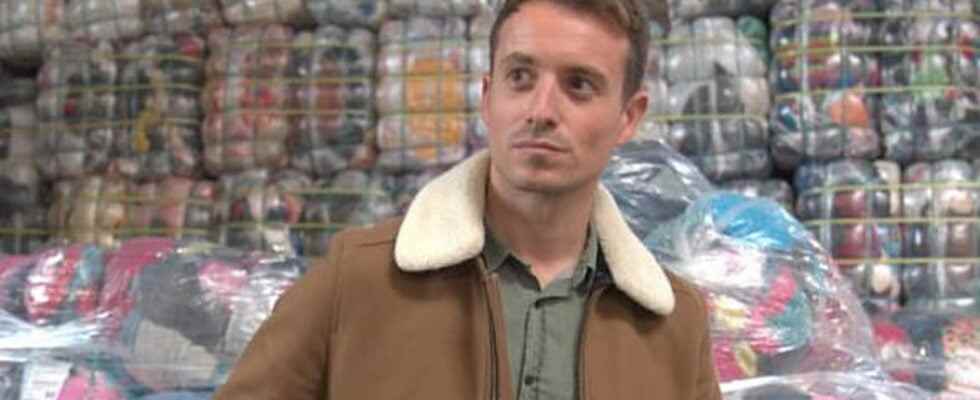In recent years, second-hand clothing has been on the rise. But is this circular economy really beneficial for the planet? Journalist Hugo Clément investigated this market for France 5 and produced a documentary to be discovered on Sunday, December 19, 2021 on France 5 from 8:55 p.m.
Do you like fashion ? Are you trying to behave as environmentally responsible as possible? Do not miss the new documentary by journalist Hugo Clément, broadcast on France 5 on Sunday December 19 from 8:55 p.m. Entitled On the front: Where do our clothes end?, it is based on one observation: more and more fast-fashion stores are offering to recover our old clothes. But when they are questioned on the subject, they refuse to open sorting centers. Suspicious ? It is. Hugo clement therefore decided to investigate.
Where do our old clothes end up?
To understand the route of the pieces we get rid of, Hugo Clément had the crazy idea of hiding GPS beacons in the clothes he donated to various major brands. And (spoiler alert): they are not distributed to families in difficulty. No, they rather end up in poor countries where they are re-marketed. Those in poor condition end their journey in landfills or, worse, in the oceans. It must be said that generally, the quality of fast fashion clothes is such that it does not stand up well to the wear and tear of time. So if you thought you were doing a good deed, it’s missed. “We all know that fashion is an extremely polluting industry; it emits twice as much CO2 as all the world’s air transport. But I had no idea that even in their second life, our clothes continue to damage ecosystems. by polluting African rivers and beaches “, notes Hugo Clément.
Is more responsible fashion possible?
To enrich his remarks and illustrate the figures he puts forward, the journalist went to the four corners of the world. In Belgium, first of all, where our old clothes are received before being exported. Then in Bangladesh, with Julia Faure, creator ofIn climate mode (a collective of actors in the fashion world which campaigns for more regulation in the textile industry), where waterways are more than ever polluted by the dyes used for the manufacture of clothes then worn by fashionistas of the northern country.
Hugo Clément also went to meet those who are trying to move the lines, at their level. In the Tarn, he met a Frenchman who had developed a machine that used to recover the fibers of any garment to make yarn. In Normandy, he interviewed Pierre Schmitt, a entrepreneur trying to relocate the linen weaving industry – this material is produced in France, then sent to Asia to be woven, before returning to France. “The textile was the engine of the industrial revolution. New natural materials will be the engine of ecological transition. The great revolution is to create a textile industry that is no longer dependent on cotton, that is, say from abroad, and use new local and ecological fibers “, he explains.
How to reduce its impact?
The documentary thus makes the following observation: the less you buy, the better. Whether it’s new clothes, or second-hand clothes. As Liz Ricketts, a 34-year-old environmental activist interviewed by Hugo Clément, points out: “The second hand serves as an excuse for the inhabitants of rich countries to consume more and more, without asking questions about the consequences of their purchases”. So now is the time to rethink your consumption in a more conscious way.
